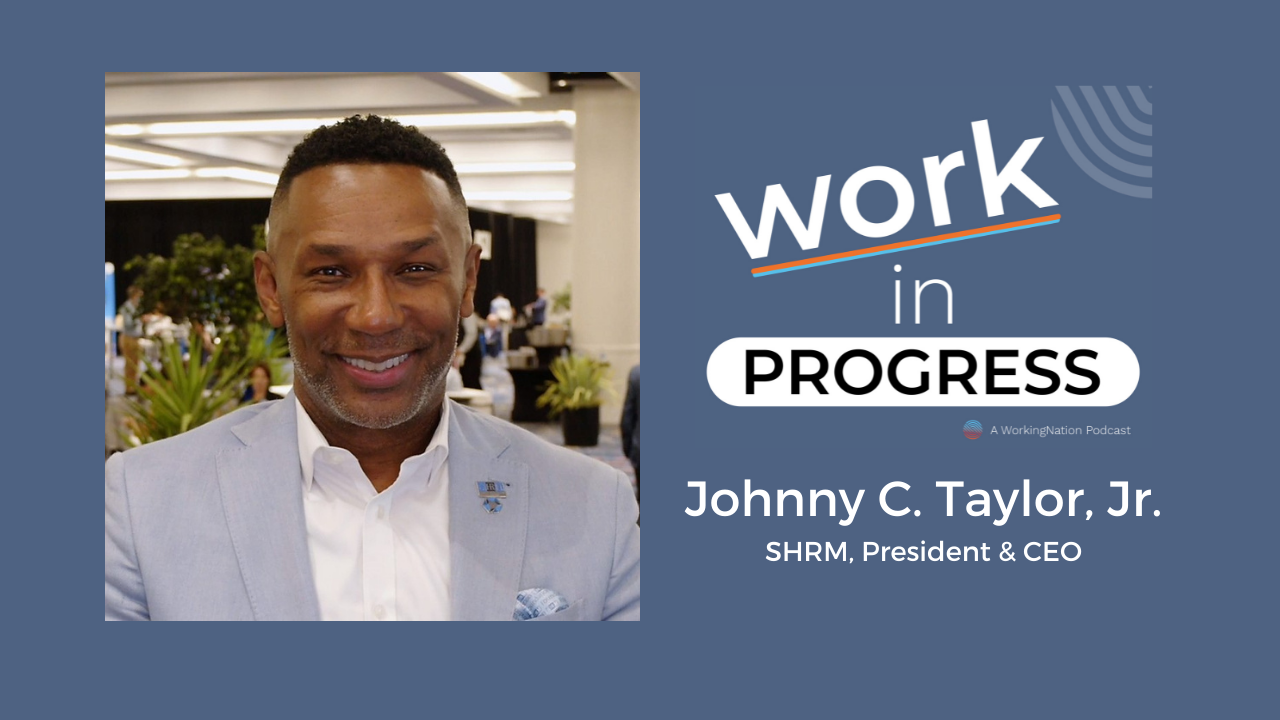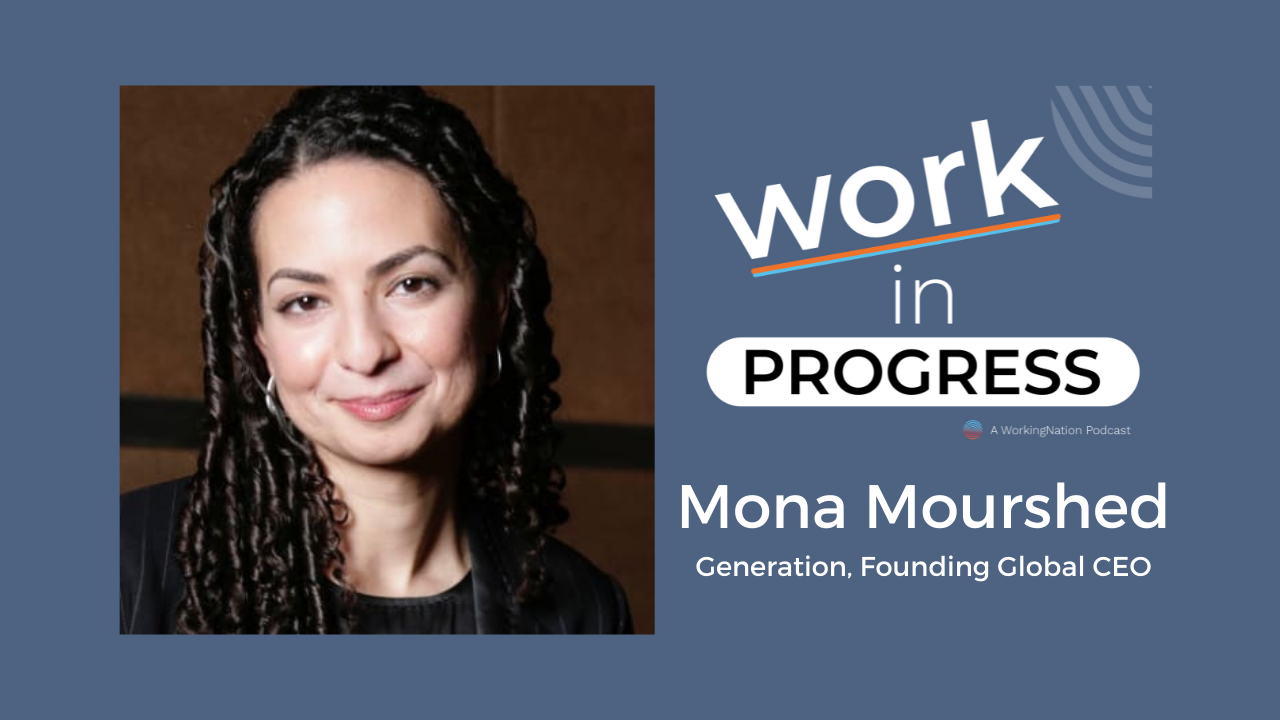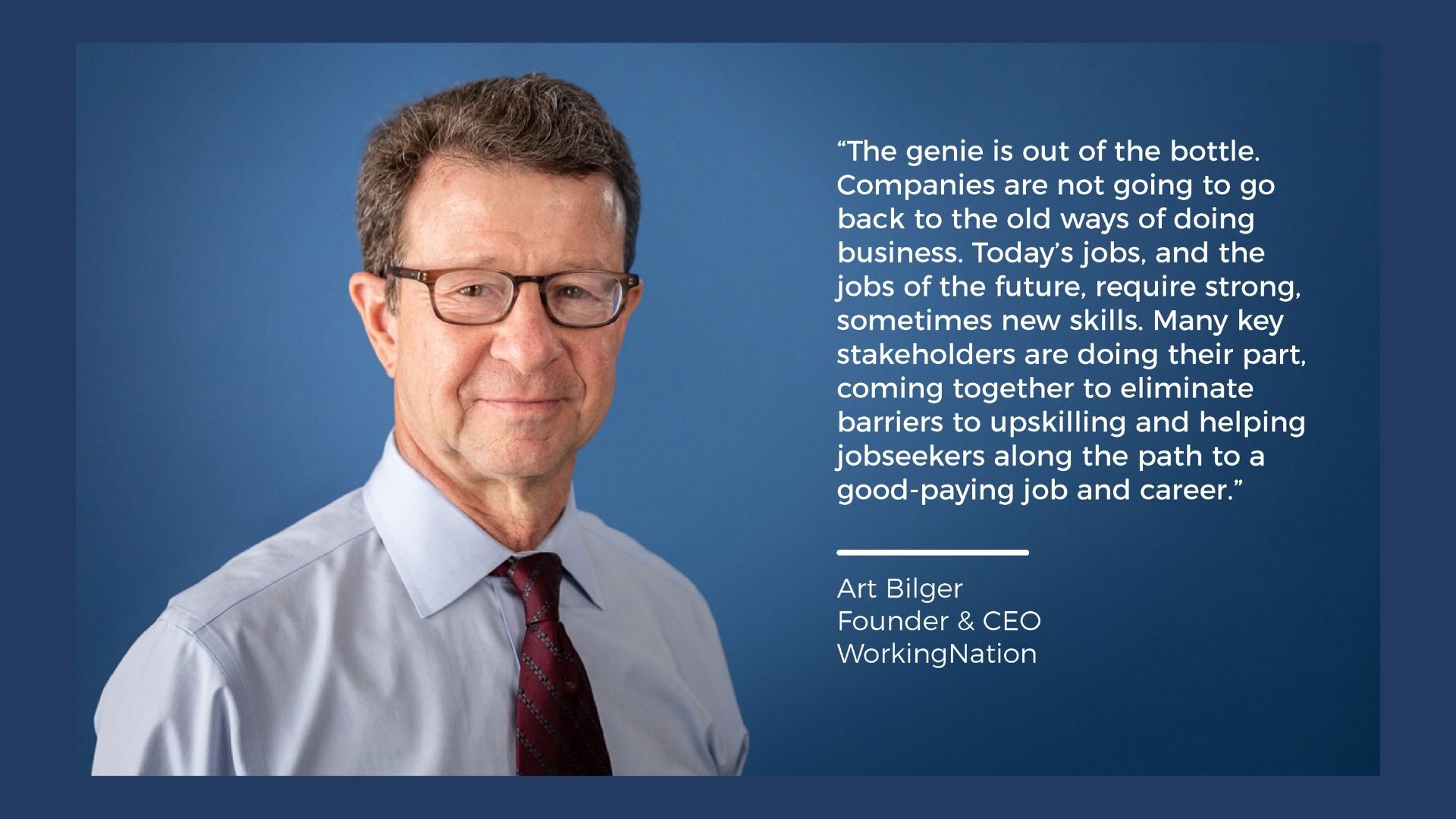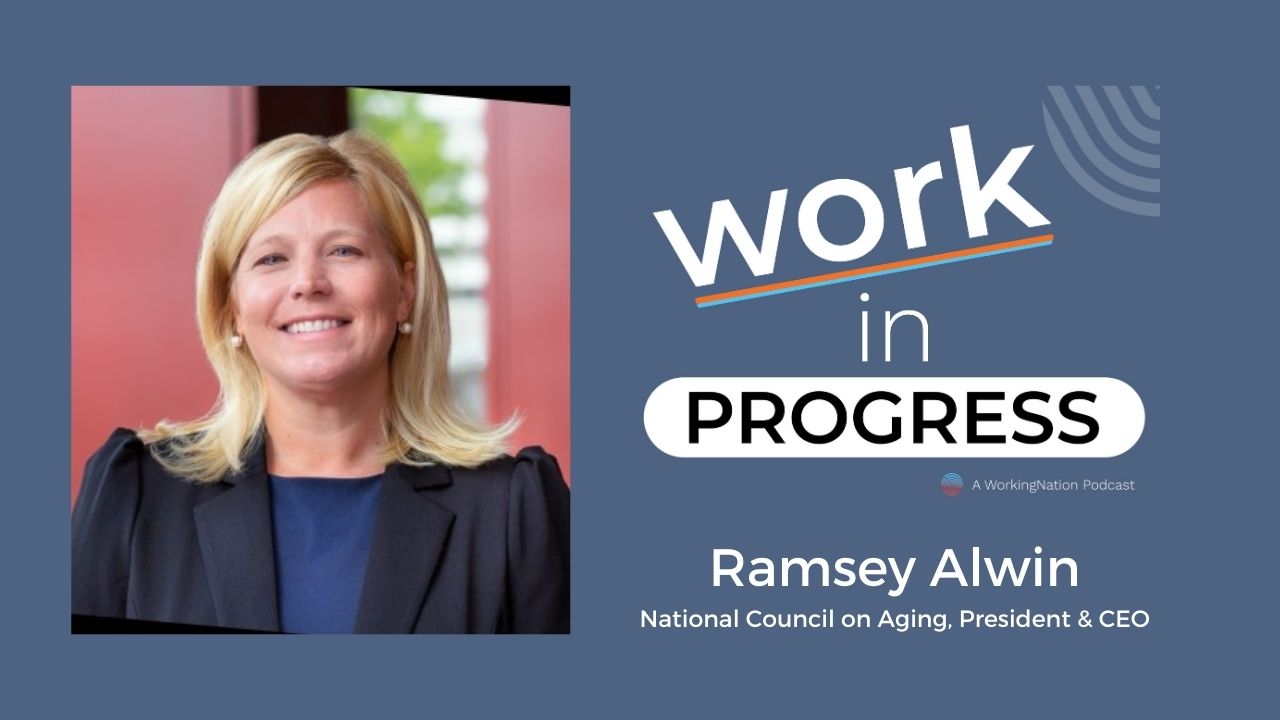Two decades ago, 10 percent of Americans over the age of 65 skipped the traditional retirement age and kept working. Today, that number has grown to about 25 percent. It’s expected to be even higher — 33 percent — in just a few years, with more than 14 million older adults being a part of the workforce.
There are many reasons for this increase in older workers.
In an article titled, Need or desire keeping record number of older workers on the job, for the Atlanta Journal-Constitution, author Christopher Quinn points out: “The American workforce is graying. Baby boomers are staying on their jobs longer and finding new work after retirement in record numbers. The surge in older workers can be attributed to multiple factors, such as the disappearance of company pensions, the increasing age to collect full Social Security and growing lifespans. It will change the workforce and economy for decades to come.”
Earlier this year, WorkingNation’s Editor-In-Chief Ramona Schindelheim brought together nonprofit leaders for Rethinking Education as We Live and Work Longer at SXSW EDU in Austin to discuss the same issue. Joining Ramona and WorkingNation President Jane Oates in the conversation were Trent Stamp, CEO of the Eisner Foundation, and Gary A. Officer, president and CEO of Senior Service America.
It was clear from the conversation that there are hurdles to overcome. Chief among them is the way older adults are looked at in our society. The overall conclusion of the panel was that the 50+ worker is sometimes seen as tech-phobic, un-adaptable, or a social misfit in the work culture. What is being overlooked is the experience, knowledge, and soft skills the seasoned worker often brings with them when they enter a new job.

When the AJC reached out to Ramona for her thoughts for their article, she reiterated what she had learned from the conversation she hosted at SXSW. Ramona pointed out that “some companies won’t hire older workers for fear the technology revolution has left them behind, or that they won’t be good team members for younger workers, or fit into current culture.”
WorkingNation believes that in order to solve the challenges that the future of work presents, companies must diligently address the issues that older workers face. An example of a solution to these challenges lies within the story of Joe Konopka, who didn’t think he could be one of the millions of middle-aged men who are out of work.
Joe had the education, the status, and the stability of a long industrious career. His job in academia was secure because it couldn’t be off-shored or automated. But in 2016, the 51-year-old was called down to the office. What followed was a life-changing moment, as his identity was suddenly stripped away. His services would no longer be needed.
Joe’s story has a happy ending, you can watch it below or read When finding your job is the job here. It’s part of our Do Something Awesome mini-documentary series, that showcases solutions to the challenges that the future of work is presenting employers and the workforce.
You may also like…
The winners and losers of globalization
Amazon plans to invest $700 million to retrain workers
Bilger CNBC Op-Ed: Creating a career path for underserved communities











